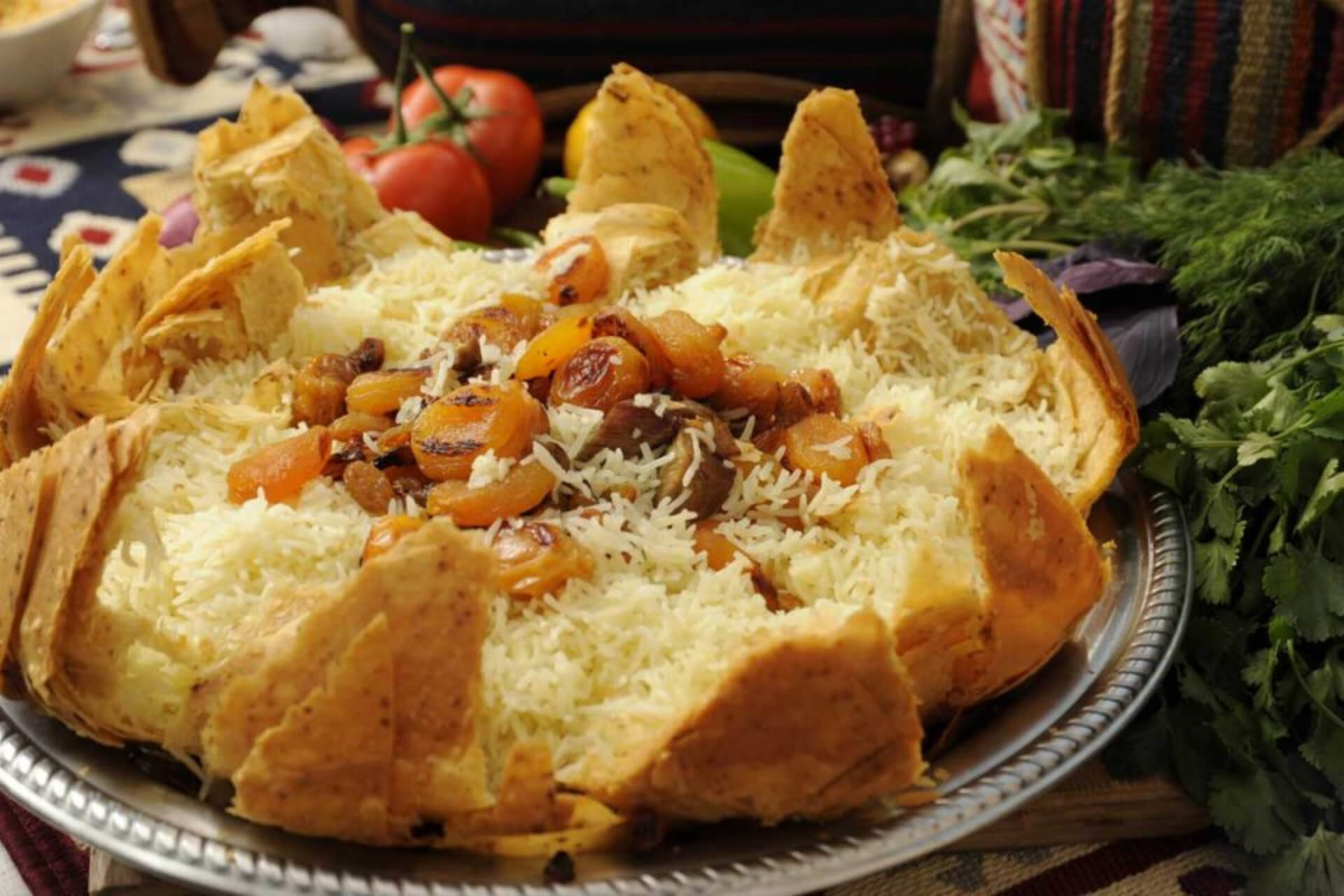Explore Azerbaijani Cuisine: Traditional Village Dishes and Local Flavors

Explore Azerbaijani Cuisine: Traditional Village Dishes and Local Flavors
Azerbaijani cuisine is a delightful fusion of flavors, combining influences from the Middle East, Central Asia, and the Caucasus region. Known for its rich and varied dishes, Azerbaijani food reflects the country's long history, diverse landscapes, and agricultural traditions. In this guide, we’ll take you through some of the most beloved village dishes that define the culinary culture of Azerbaijan.
Traditional Azerbaijani Dishes
Azerbaijani cuisine is built around fresh, seasonal ingredients, aromatic herbs and slow-cooked meals that bring out deep, complex flavors. Here are some must-try dishes from rural Azerbaijani kitchens:
-
Plov (Azerbaijani Pilaf): A dish that’s not just food but an experience. Azerbaijani plov is a comforting rice dish cooked with saffron, tender meat and dried fruits like apricots and raisins. It’s often served with a side of yogurt or a salad to balance the flavors.
-
Kebab: Grilled to perfection, Azerbaijani kebabs are made from lamb, beef or chicken, marinated with a blend of local spices and cooked over an open flame. Whether served with fresh herbs or flatbread, kebabs are a central part of Azerbaijani meals.
-
Dolma: A signature dish made by stuffing grape leaves with a savory filling of rice, meat and fresh herbs. Dolma is often enjoyed as an appetizer or side dish and is a perfect example of how Azerbaijani food balances rich flavors with fresh ingredients.
-
Dushbara: These tiny dumplings, filled with meat and served in a flavorful broth, are a comforting dish commonly found in Azerbaijani homes. Dushbara is typically enjoyed during colder months and is loved for its warmth and simplicity.
Exploring Village Ingredients: From Farm to Table
Azerbaijani village food is deeply rooted in agricultural practices. The country’s diverse landscapes – from fertile plains to mountain regions – provide a wide range of ingredients that are fresh and organic. Local villages are home to small-scale farms where produce like tomatoes, peppers, cucumbers and fresh herbs thrive.
In these villages, animals are raised for dairy products, meats and eggs. Freshly made cheeses like kyazi (a soft, white cheese) and sour milk (a staple in Azerbaijani breakfasts) are common. These fresh, homemade ingredients create the foundation for much of the country’s traditional meals.
Sheki’s Unique Sweet Treats
No exploration of Azerbaijani cuisine would be complete without indulging in the sweet side of things. Sheki, a region in the north of Azerbaijan, is famous for its local sweets. Sheki Halva, made with layers of thin dough and a rich filling of nuts and sugar, is a must-try treat. Along with baklava and halva, these desserts offer a sweet end to a traditional meal and are often served with tea.
Azerbaijan's Drink Culture
Tea is an integral part of Azerbaijani hospitality. In rural areas, tea is often served in small glass cups with jam or sweets on the side. Azerbaijani tea is usually black and poured strong, offering a rich, bold flavor that complements the country’s food. Alongside tea, ayran – a refreshing yogurt-based drink – is commonly served with meals, particularly kebabs and pilaf.
Azerbaijani cuisine is more than just food – it’s a way to experience the country’s rich history, culture, and traditions. The dishes of rural Azerbaijan, with their use of fresh ingredients and time-honored cooking methods, offer a genuine taste of the country’s culinary identity. Whether it’s the hearty plov, the savory kebabs, or the delicate shebeke dessert, Azerbaijani food tells the story of its people and their love for hospitality, family, and food.





Please make sure your contact details, email, country code & number is correct